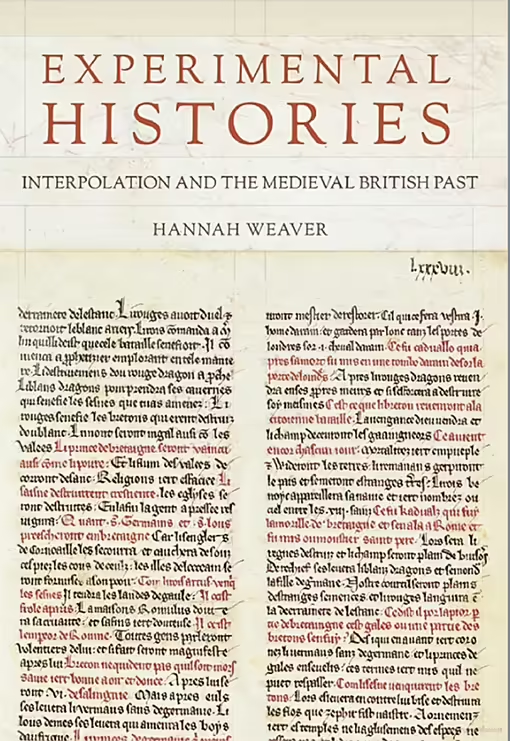Books

Morningside Heights
Morningside Heights, the institutional heart of New York City, is also one of the city’s most architecturally distinguished neighborhoods. The high plateau that forms Morningside Heights is geographically isolated within the city and remained largely undeveloped even as neighboring Harlem and the Upper West Side became prestigious residential communities. At the end of the nineteenth century, institutions relocated to the plateau where sizable plots were available at a convenient distance from the built-up city. In 1887 Episcopal Bishop Henry Potter announced plans for the construction of a great cathedral at the edge of the plateau. The cathedral was soon followed by Columbia College and St. Luke’s Hospital, which contemplated grand complexes, and by newer institutions such as Barnard College and Teachers College that were intent on establishing a presence in the rapidly growing city. Thus, Morningside Heights became indelibly associated with New York’s educational, medical, and religious foundations, and was appropriately dubbed “the Acropolis of New York.”




